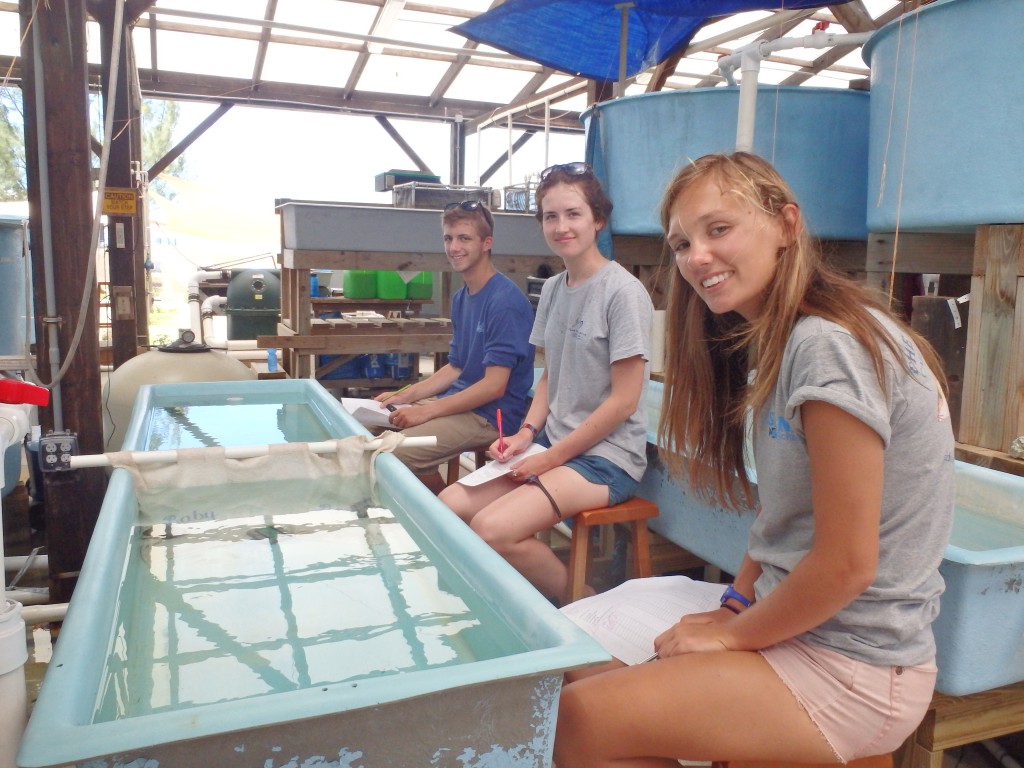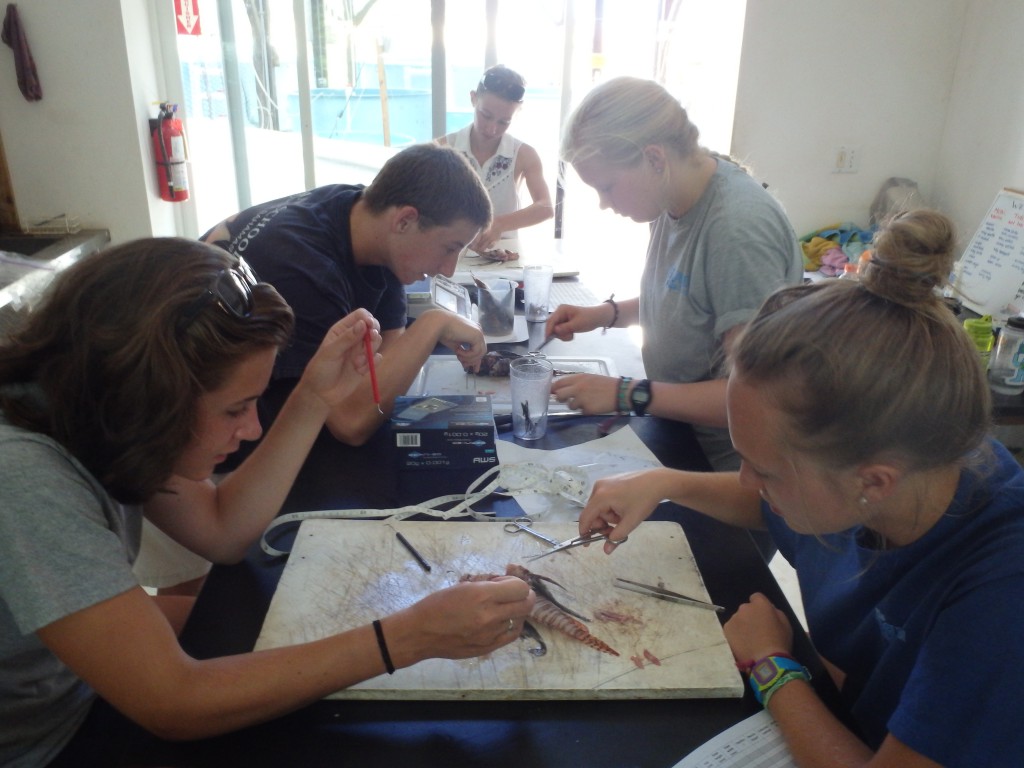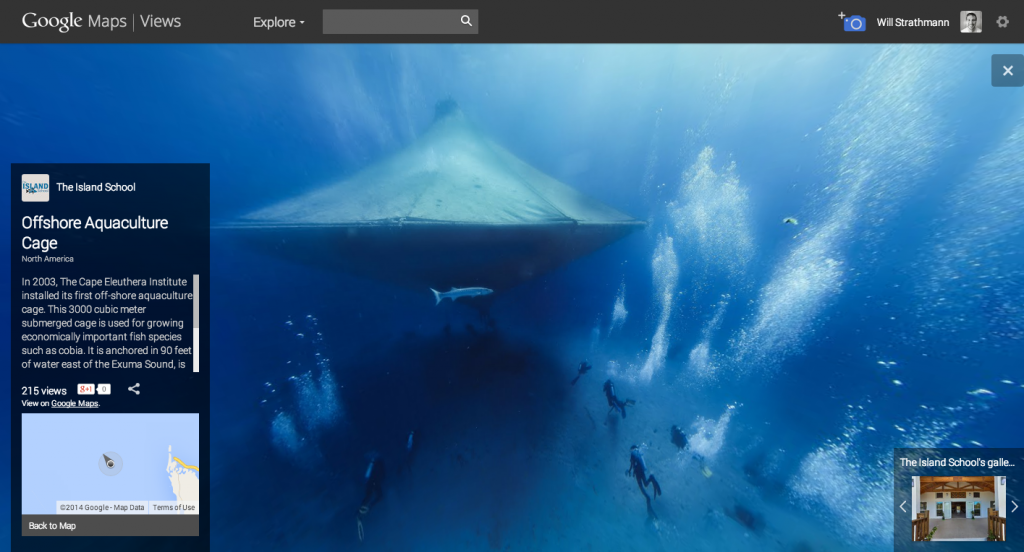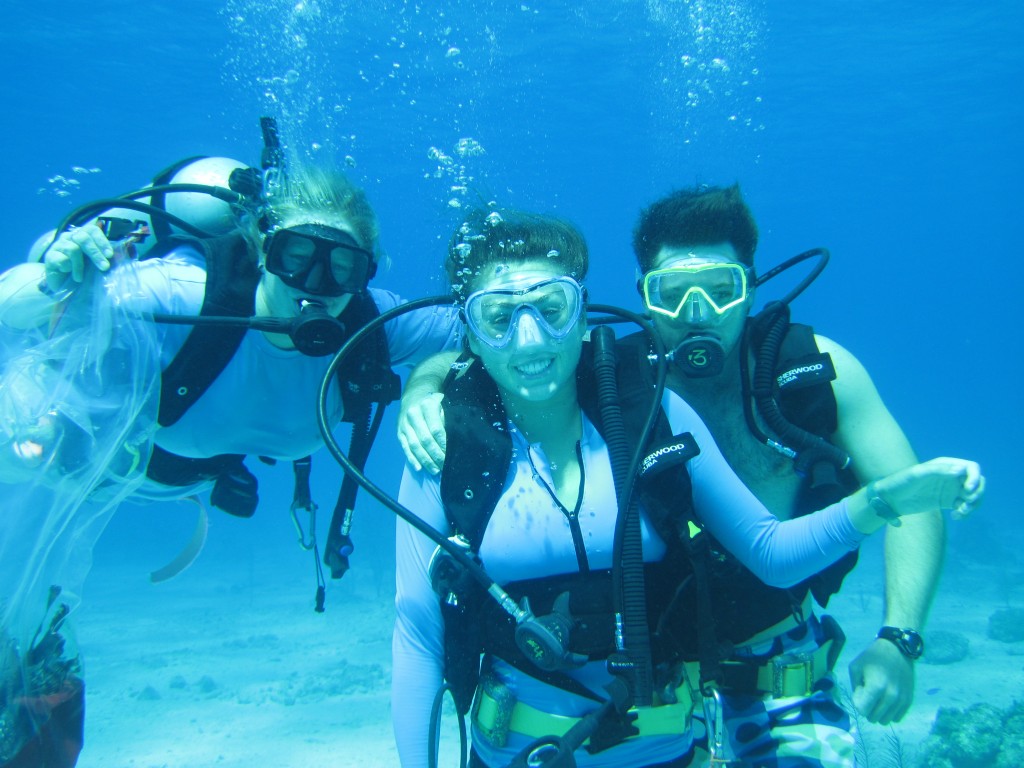In association with Microwave Telemetry, Inc. and the Institute for Ocean Conservation Science at Stony Brook University, Edd Brooks and CEI’s Shark Research and Conservation program have discovered new findings while studying the migratory behaviors of ocean whitetip sharks that can help shape conservation strategies. Some sharks spend extended time periods in the protected waters of The Bahamas yet roam long distances when they leave. For the full article, read below or click here.
As the nations of the world prepare to vote on measures to restrict international trade in endangered sharks in early March, a team of researchers has found that one of these species – the oceanic whitetip shark – regularly crosses international boundaries. Efforts by individual nations to protect this declining apex predator within their own maritime borders may therefore need to be nested within broader international conservation measures.
The research team, which included researchers from Microwave Telemetry, Inc., the Cape Eleuthera Institute, and the Institute for Ocean Conservation Science at Stony Brook University, attached pop-up satellite archival tags to one male and 10 female mature oceanic whitetip sharks off Cat Island in The Bahamas in May 2011, and monitored the sharks for varying intervals up to 245 days. The tags recorded depth, temperature, and location for pre-programmed periods of time. At the end of the time period, the tags self-detached from the sharks, and reported the data to orbiting satellites. Their findings, published online today in the journal PLOS ONE, show that some of these sharks roamed nearly 2,000 kilometers from the spot where they were caught, but all individuals returned to The Bahamas within a few months.
“While the oceanic whitetip shark is one of the most severely overexploited shark species, it is also among the least studied because Continue reading →








